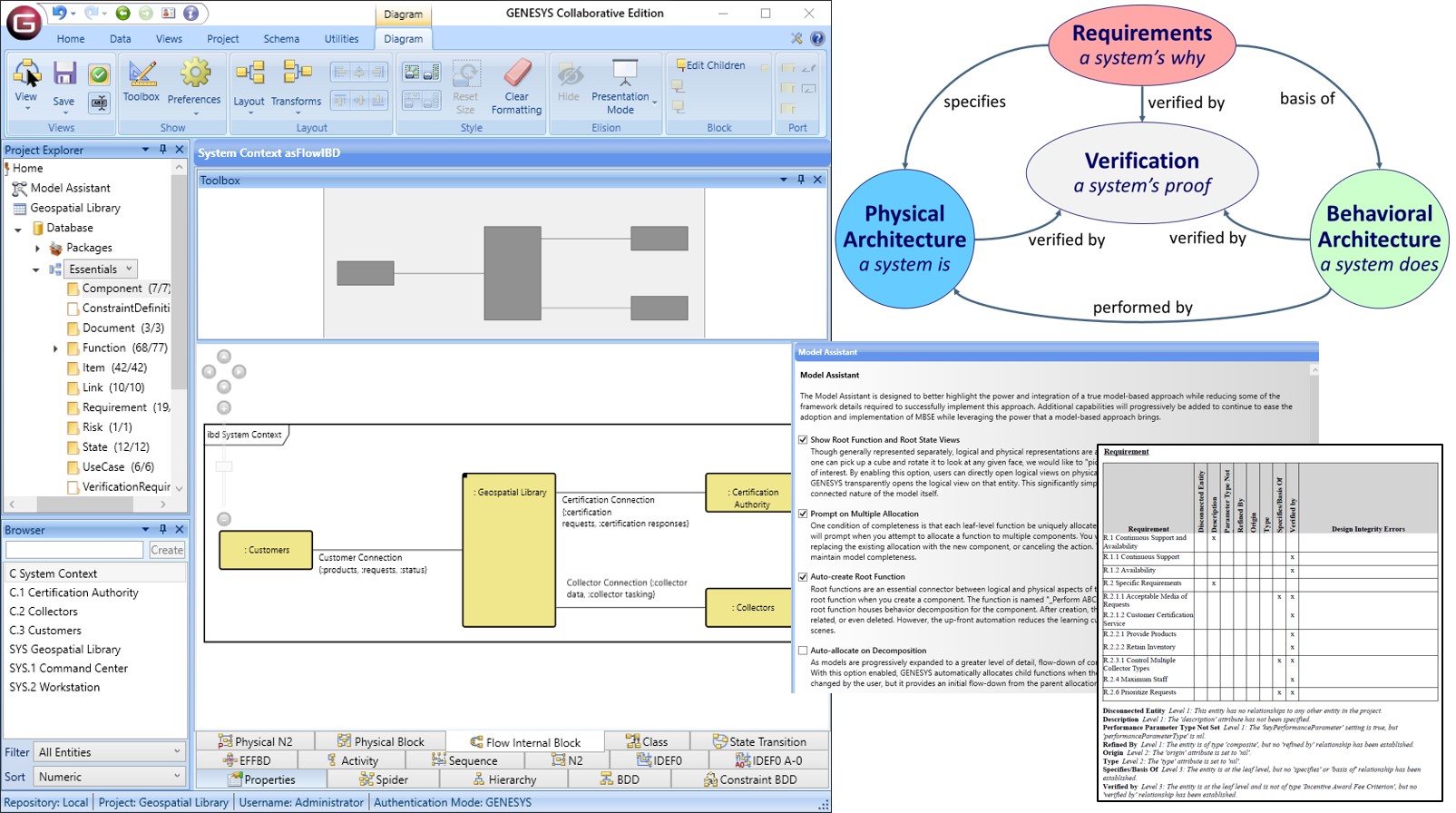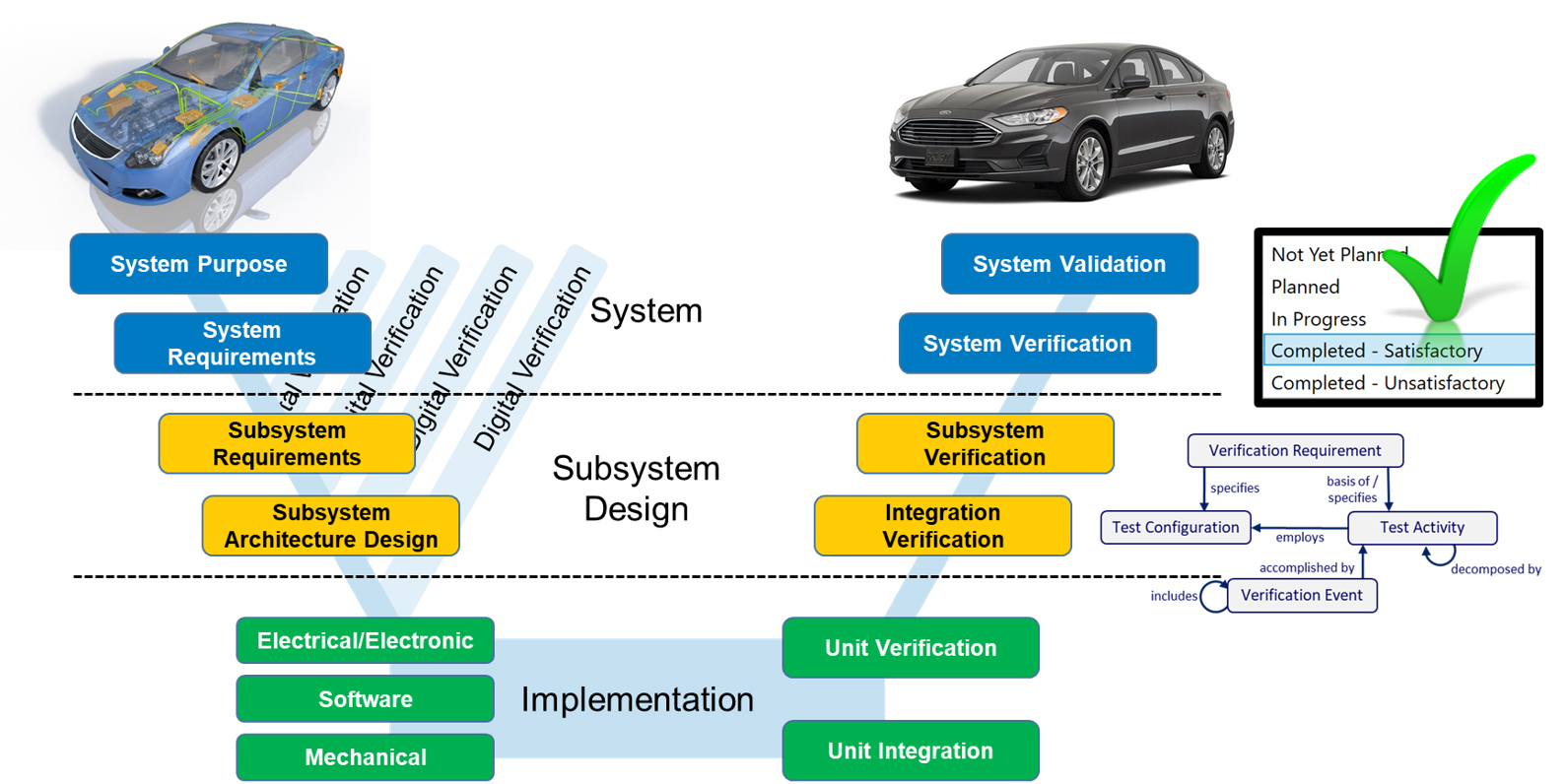Building Products with Digital Engineering
Deploying a Digital Engineering solution is more than adding a new tool. A digital thread is defined and deployed to enable communication and traceability throughout the organization and the development process. The model must be relevant from design to manufacturing. Therefore, to deploy a solution, there must be model access and compliance.


















